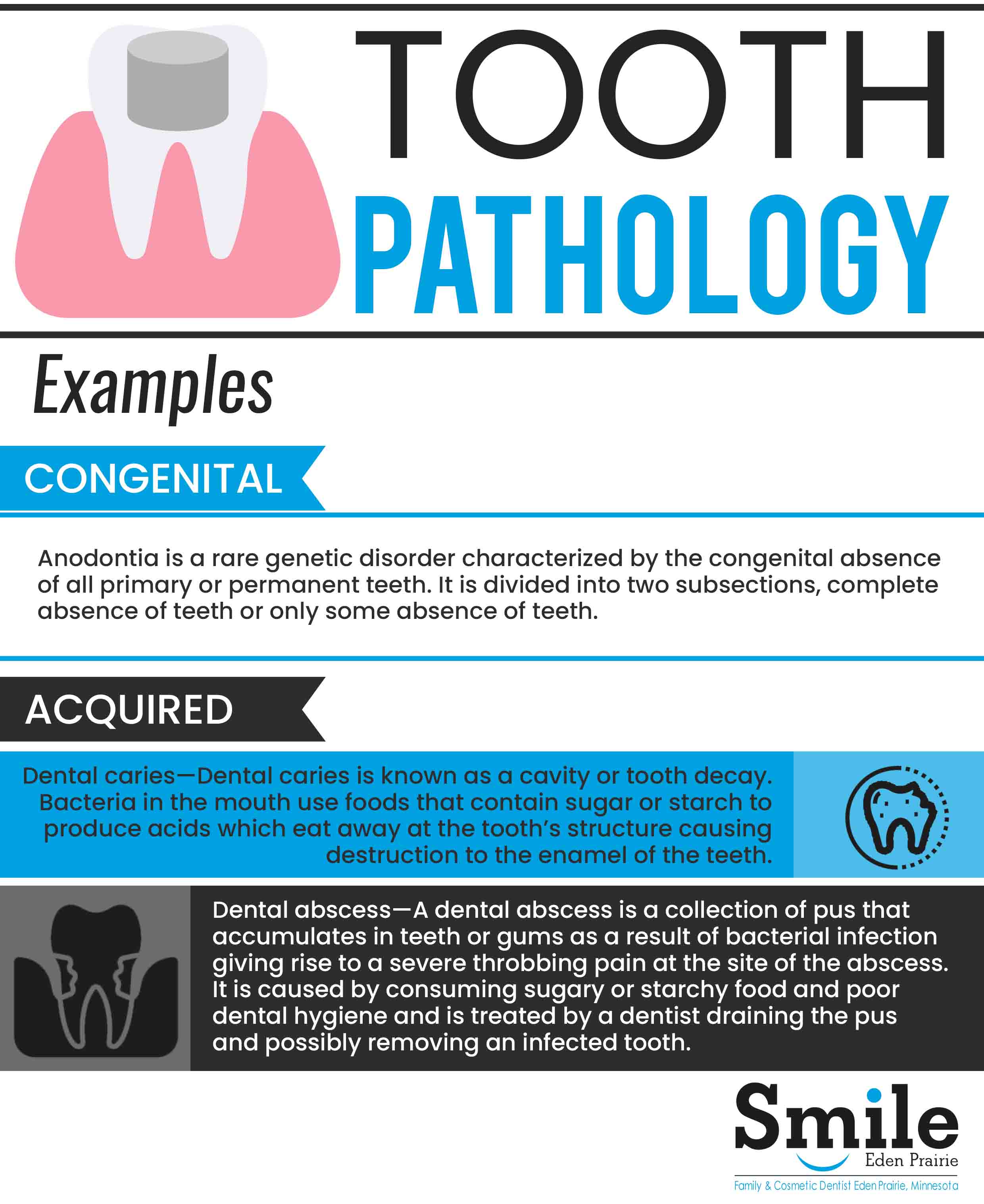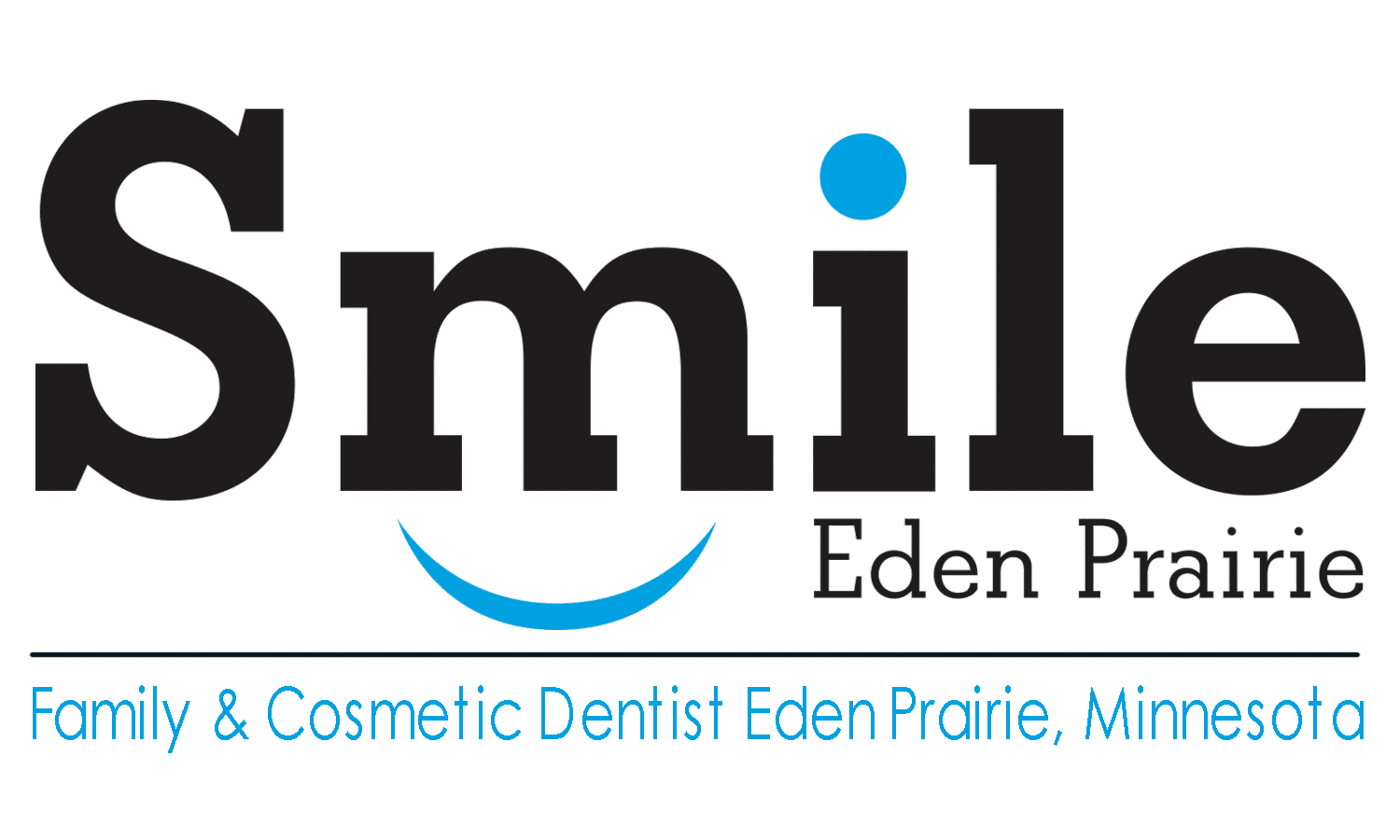Branches of Dentistry: Oral pathology
Oral and maxillofacial pathology focuses on diseases of the mouth, jaws and related structures. The related structures include salivary glands, temporomandibular joints, facial muscles and skin surrounding the mouth. The mouth is an important organ and has numerous functions. It can be prone to a variety of different medical and dental issues.
The oral and maxillofacial pathology specialty is concerned with the diagnosis and study behind the causes and effects of diseases that impact the oral and maxillofacial regions. It is commonly considered to be a specialty of pathology and dentistry. Head and neck pathology is also commonly used for this area. However, this implies that the pathologist also work with otorhinolaryngologic disorders associated with the ears, nose and throat. This role has some overlap with head and neck pathologists in addition to endocrine pathologists.
Diagnosis
A biopsy is obtained when the patient’s clinical presentation, medical history or imaging does not allow for a definitive diagnosis. A biopsy is a surgical procedure which includes removing a sample of tissue in order to perform a microscopic examination. In most scenarios, biopsies are conducted using a local anesthetic. Some biopsies are completed endoscopically while others are completed under image guidance. Image guidance can include an ultrasound, computed tomography (CT) or magnetic resonance imaging (MRI). Some of the tissues which are most frequently examined using a biopsy include oral and sinus mucosa, bone, soft tissue, skin and lymph nodes.
Biopsies which are usually used for oral cancer diagnosis include:
- Excisional biopsy: A small lesion is totally excised. This method is preferred, if the lesions are approximately 1 cm or less in diameter, clinically and seemingly benign and surgically accessible. Large lesions which are more diffused and dispersed in nature or those which are seemed to be more clinically malignant are not conducive to total removal.
- Incisional biopsy: A small portion of the tissue is removed from an abnormal-looking area for examination. This method is useful in dealing with large lesions. If the abnormal region is easily accessed, the sample may be taken at your doctor’s office. If the tumor is deeper inside the mouth or throat, the biopsy may need to be performed in an operating room. General anesthesia is administered to eliminate any pain.
- Exfoliative cytology: A suspected area is gently scraped to collect a sample of cells for examination. These cells are placed on a glass slide and stained with dye, so that they can be viewed under a microscope. If any cells appear abnormal, a deeper biopsy will be performed.
Specialty
Oral and maxillofacial pathology used to be referred to as oral pathology. It is often considered to be a specialty within dentistry and pathology. Oral pathology often works closely with oral medicine and oral and maxillofacial surgery.
Oral and maxillofacial pathology specialists clinically evaluate and diagnose oral mucosal. In the event that a microscopic evaluation is required, a biopsy is obtained. The biopsy is microscopically observed by a pathologist. The American Dental Association (ADA) uses the term oral and maxillofacial pathology and describes it as a specialty within dentistry and pathology which deals with the nature, identification, and management of diseases which affect the oral and maxillofacial areas. It is a science that focuses on investigating the causes, processes and effects of these types of diseases.

